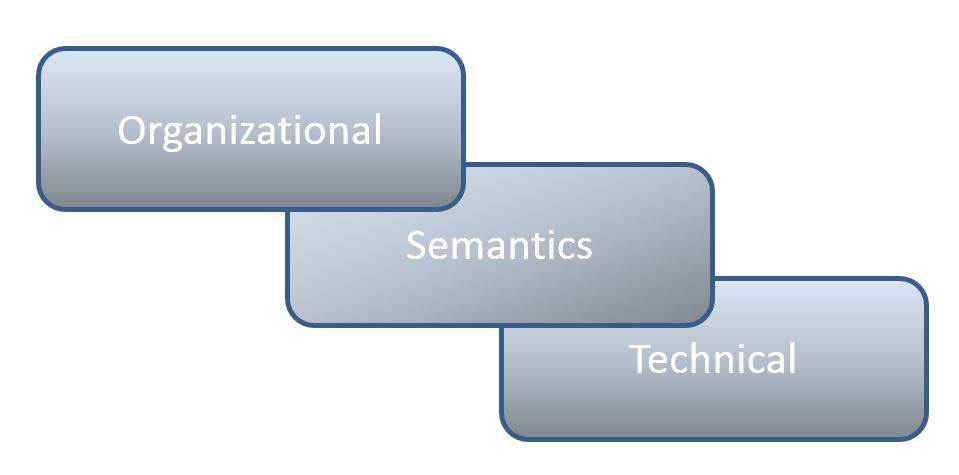Three levels of interoperability are defined in accordance with established bases in the National Interoperability Framework (Esquema Nacional de Interoperabilidad ENI)

BUSCAR
Three levels of interoperability are defined in accordance with established bases in the National Interoperability Framework (Esquema Nacional de Interoperabilidad ENI)

One of the tasks of the Office of Educational Interoperability will be to develop necessary procedures to monitor and publish the conditions of consumption of services, as well as the work of coordination and support to all agents that interact with the node.
For this, the INTEF has created a support to the implementation of the architecture to effectively manage the environment, focusing on the following controls:
To ensure proper communication between applications is necessary that all the systems use data structures.
Its main functions are:
It focuses on identifying the standards used by each of the agents involved in IT systems partners. It will ensure compliance with the standards catalog Technical Standards for Interoperability. For this prepares and publishes the Technical Interoperability Guide, Best Practices Guide and Security Policy.